Car technology is rapidly, transforming how we drive, interact with vehicles, and ensure safety on the road. With advancements in artificial intelligence, automation, and energy efficiency, the future of driving looks promising.
From electric vehicles to self-driving cars, these innovations are shaping a new era for the automotive industry and the driving experience.
From reducing carbon footprints to enhancing comfort and convenience, these technologies are designed to address the challenges of modern-day driving.
They focus on improving vehicle safety, reducing traffic congestion, and even transforming how we think about car ownership. The innovations we will discuss are just the beginning of an exciting journey toward a smarter, greener future.
As these technologies continue to develop, they promise to make driving not only safer but also more enjoyable. The future of cars is undoubtedly bright, and these advancements will change the way we experience the road.
Keep reading to learn more about the breakthroughs that will shape the automotive industry in the years to come.
10) Intelligent All-Wheel Drive, A Smarter Way to Drive
Intelligent All-Wheel Drive (AWD) is an advanced system designed to improve the performance and safety of vehicles.
Unlike traditional AWD systems, which simply distribute power to all four wheels, the intelligent version uses sensors to monitor the traction of each wheel continuously. This smart technology helps maintain better control on the road.
The system can detect when one of the wheels begins to slip, which is common on slippery surfaces like ice, mud, or snow. When this happens, it automatically adjusts the power distribution to send more energy to the wheel that needs it. This ensures the vehicle maintains better grip and stability, preventing skidding or getting stuck.
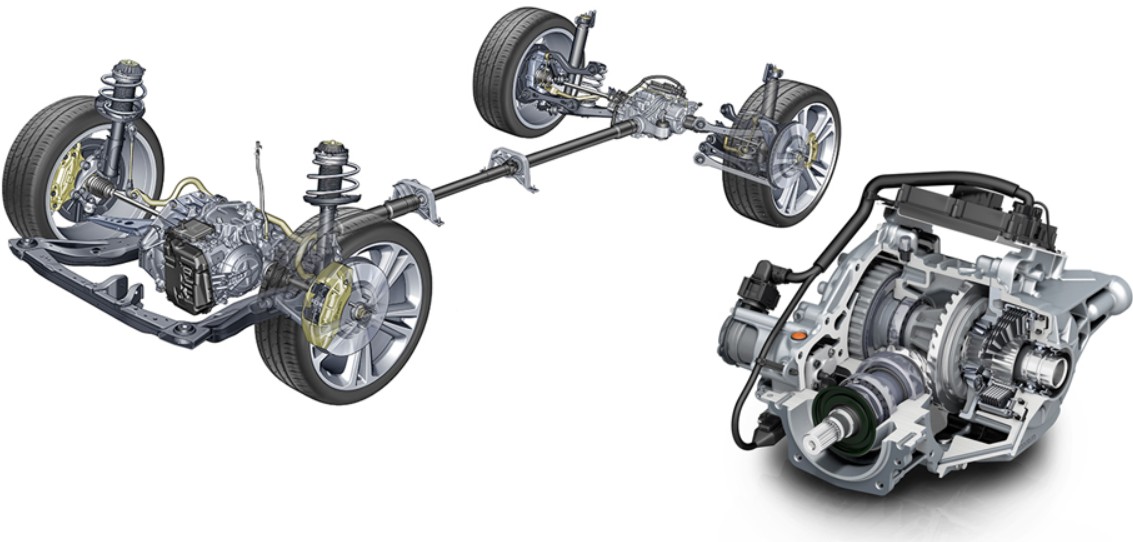
Intelligent AWD systems can also improve fuel efficiency compared to traditional systems. Since the system only sends power to the wheels that need it, it can conserve energy when all-wheel drive isn’t necessary, such as on dry or paved roads. This helps reduce fuel consumption and emissions, making it more environmentally friendly.
Another advantage of intelligent AWD is that it enhances vehicle performance, particularly when driving on rough or uneven terrains.
Whether you’re driving through rocky paths or hilly roads, the system ensures your vehicle maintains proper traction and stability. This makes it ideal for off-road enthusiasts or those who live in areas with tough weather conditions.
Many car manufacturers are now adopting intelligent AWD systems in their latest models. These systems are becoming a standard feature in many high-end vehicles and are gradually making their way into more affordable options.
As the technology becomes more widespread, it’s expected to change the way people think about all-wheel-drive vehicles.
The future of driving looks much safer and more efficient thanks to intelligent AWD systems. As technology advances further, we can expect even more features that improve the driving experience, making it smoother and more enjoyable for everyone on the road. Intelligent AWD is just one example of how modern car technology is transforming the way we drive.
9) Augmented Reality Windshields, The Future of Driving Displays
Augmented reality (AR) windshields are becoming a popular feature in luxury vehicles. This new technology uses a combination of video cameras and a head-up display to show information directly onto the windshield. Instead of looking down at a dashboard or GPS device, drivers can view important details right in their line of sight.
One of the main benefits of augmented reality windshields is the ability to provide turn-by-turn directions. The system projects arrows or map information directly on the windshield, allowing drivers to follow the directions without taking their eyes off the road. This makes driving more convenient and safer, reducing the need for drivers to glance away from the road.
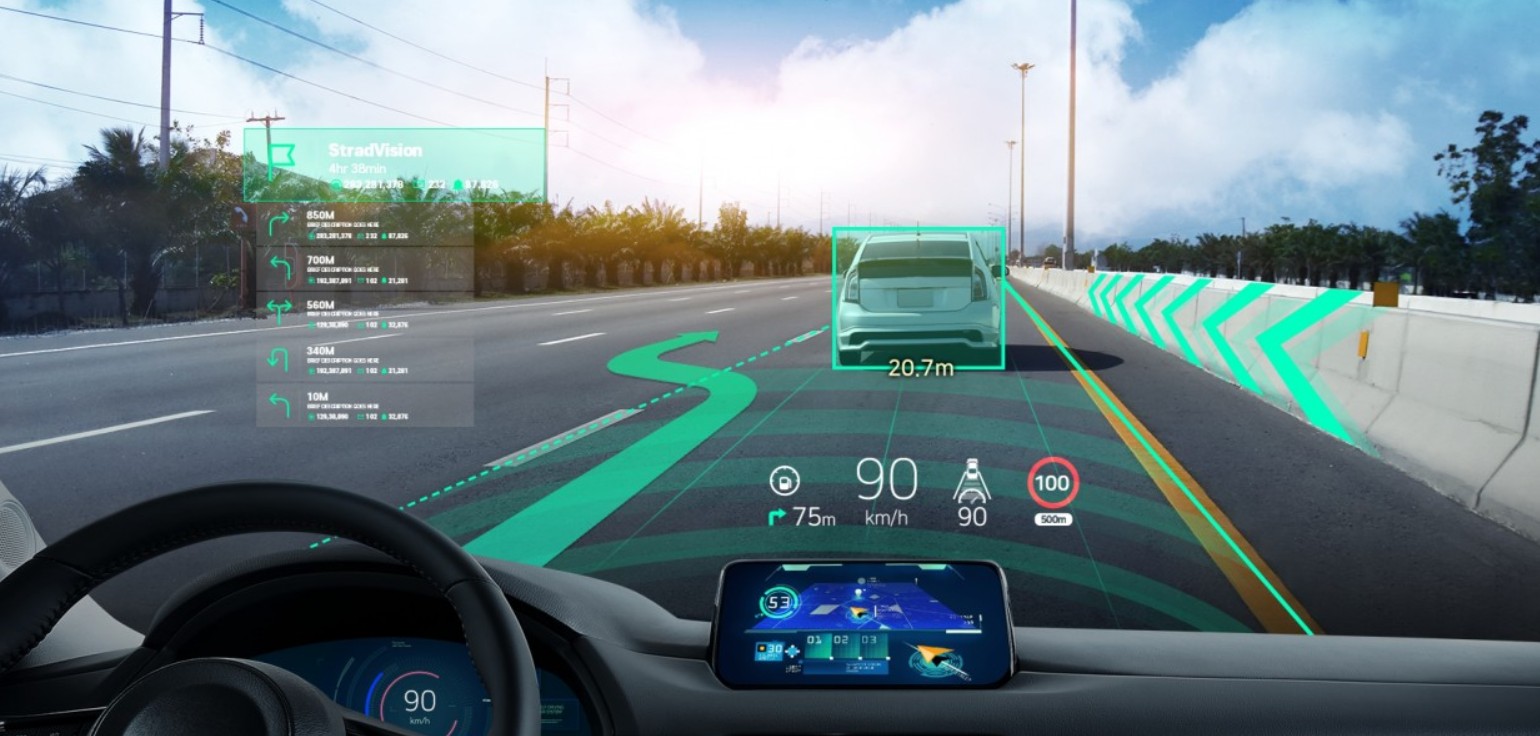
In addition to navigation, augmented reality windshields can display other useful information, such as speed limits, traffic signs, and alerts about nearby obstacles.
For example, if there’s a pedestrian or another vehicle in the driver’s path, the windshield can show an alert, helping the driver react more quickly and avoid accidents.
This technology can also enhance the driving experience by providing real-time updates on road conditions, weather, and other important details. For instance, if there is a hazard on the road, such as a pothole or icy patch, the system may highlight it on the windshield so the driver can take necessary precautions.
Currently, augmented reality windshields are mostly found in high-end luxury vehicles, but this technology is expected to become more affordable in the future. As it becomes more widespread, it could transform the way people drive, making it easier to access important information without distractions.
As AR technology advances, augmented reality windshields will play an increasingly important role in shaping the future of driving. They promise to make the driving experience more efficient, enjoyable, and safer by providing essential information in an easily accessible and non-distracting way.
8) Active Aerodynamics,A Smarter Way to Drive
Active aerodynamics is a modern technology designed to improve a car’s efficiency and performance by adjusting its aerodynamic properties.
Unlike traditional fixed parts like spoilers or air vents, active aerodynamic components can move or change shape depending on the driving conditions. This makes cars more versatile and better suited for various environments.
One of the main benefits of active aerodynamics is improved fuel efficiency. The system can adjust the car’s shape to reduce air resistance when driving at higher speeds.
For example, certain components, like a rear spoiler or front grille, may automatically extend or retract to reduce drag. This helps the car cut through the air more smoothly, saving fuel and improving performance.
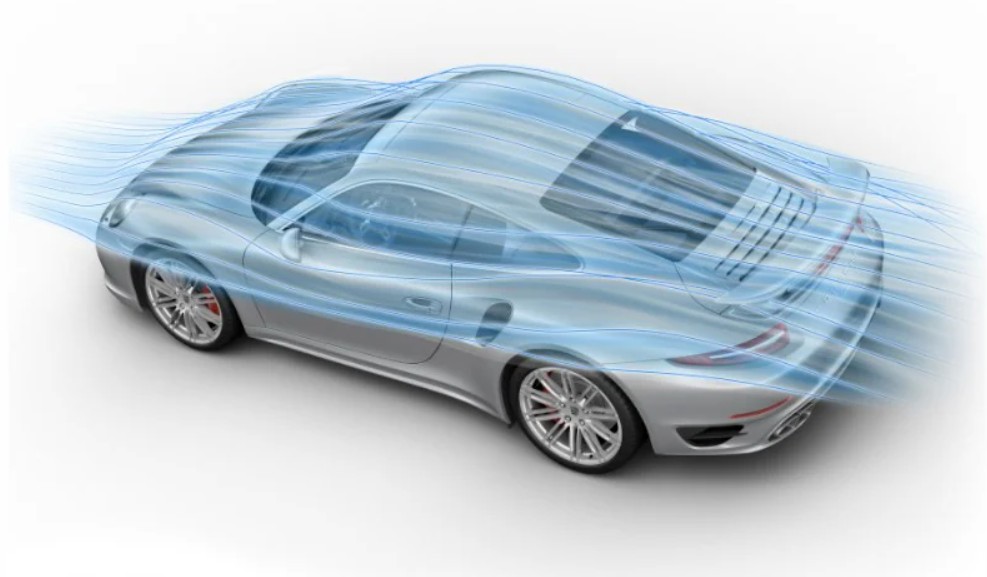
Furthermore, this technology allows automakers to create more sleek and stylish designs. Traditional aerodynamic features, like spoilers and vents, can be bulky or fixed in place.
With active aerodynamics, these components can be hidden or adjusted, allowing for smoother lines and a more attractive appearance. The car can look sleek while still benefiting from the efficiency and performance gains that aerodynamics provide.
Active aerodynamics is still a relatively new technology, primarily found in high-performance sports cars and luxury vehicles.
However, as the technology advances and becomes more affordable, it’s expected to spread to more mainstream cars. This innovation is part of a larger movement towards making cars more efficient, safer, and enjoyable to drive.
As active aerodynamics becomes more common, it will play a crucial role in shaping the future of automotive design and driving experiences. The technology offers a smarter, more adaptable way to drive, helping both drivers and manufacturers get the most out of their vehicles.
7) Connected Cars The Future of Smart Driving
Connected cars are vehicles equipped with internet connectivity that allows them to communicate with other cars and external devices.
By using wireless networks, these cars can exchange information about their surroundings, making driving safer and more efficient. This technology is transforming the way cars interact with each other and the world around them.
Connected cars can also enhance safety by enabling communication between vehicles. For example, if one car suddenly brakes or changes lanes, the system can alert other vehicles nearby. This reduces the risk of accidents and helps drivers stay aware of their surroundings, especially in busy or complex traffic environments.
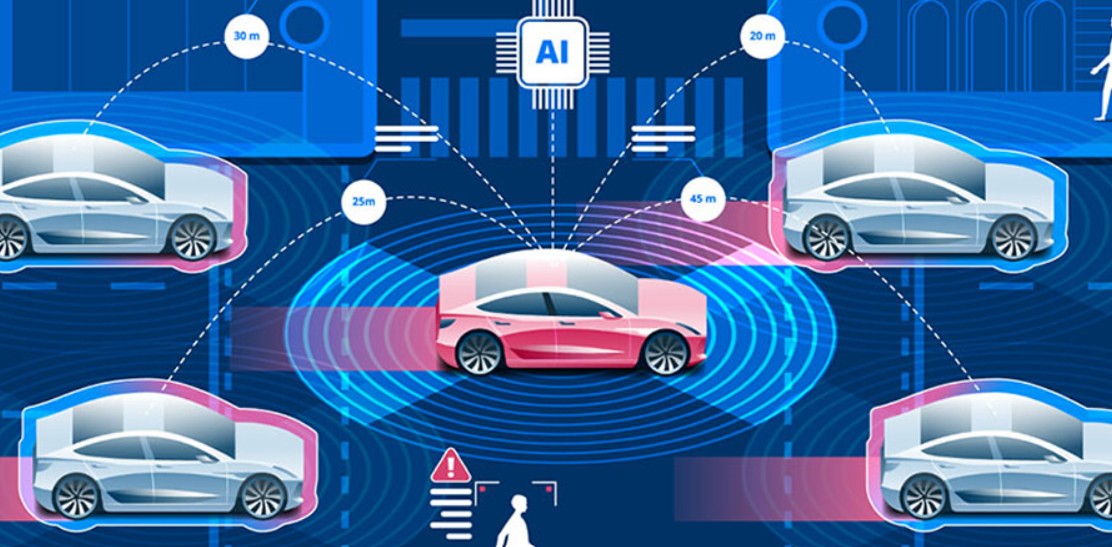
Another significant advantage of connected cars is their ability to provide enhanced navigation features. With access to the internet, these cars can update maps and GPS data in real time.
This means that drivers can receive the most accurate directions, even in areas with rapidly changing roads or construction zones. It also improves the accuracy of estimated arrival times and fuel consumption.
Connected cars can also support a variety of other services, such as remote vehicle management and diagnostics. Through mobile apps, drivers can check the car’s health, monitor fuel levels, and even start the engine or unlock doors from a distance. These features provide added convenience and peace of mind for car owners.
Also read:Auto Executive Warns of Canada-Mexico Trade Disruptions as Trump’s Tariff Threat Looms
As the technology behind connected cars, these vehicles may also be able to interact with smart infrastructure, such as traffic lights or parking meters.
This could lead to smoother traffic flow, less congestion, and more efficient use of roadways. Connected cars could even pave the way for self-driving vehicles, as they rely on data sharing and communication to navigate the roads safely.
While connected cars are becoming more common in newer models, this technology is still expanding. As automakers continue to improve connectivity and integrate advanced features, connected cars will become even smarter and more capable.
In the future, these cars will play a key role in shaping how we drive, making transportation safer, more convenient, and more efficient for everyone.
6) Autonomous Emergency Braking: A Life-Saving Safety Feature
Autonomous emergency braking (AEB) is an important safety feature found in modern vehicles. It uses sensors, such as radar and cameras, to monitor the area around the car.
If the system detects an imminent collision with another object, it automatically applies the brakes to reduce the impact, potentially preventing an accident or reducing its severity.
This system works by constantly scanning the road ahead for obstacles, such as other vehicles, pedestrians, or barriers.
When the system identifies a situation where a collision is likely, it triggers the brakes without the driver needing to take action. The goal is to minimize the damage or injury caused by a crash, especially in cases where the driver may not have enough time to react.
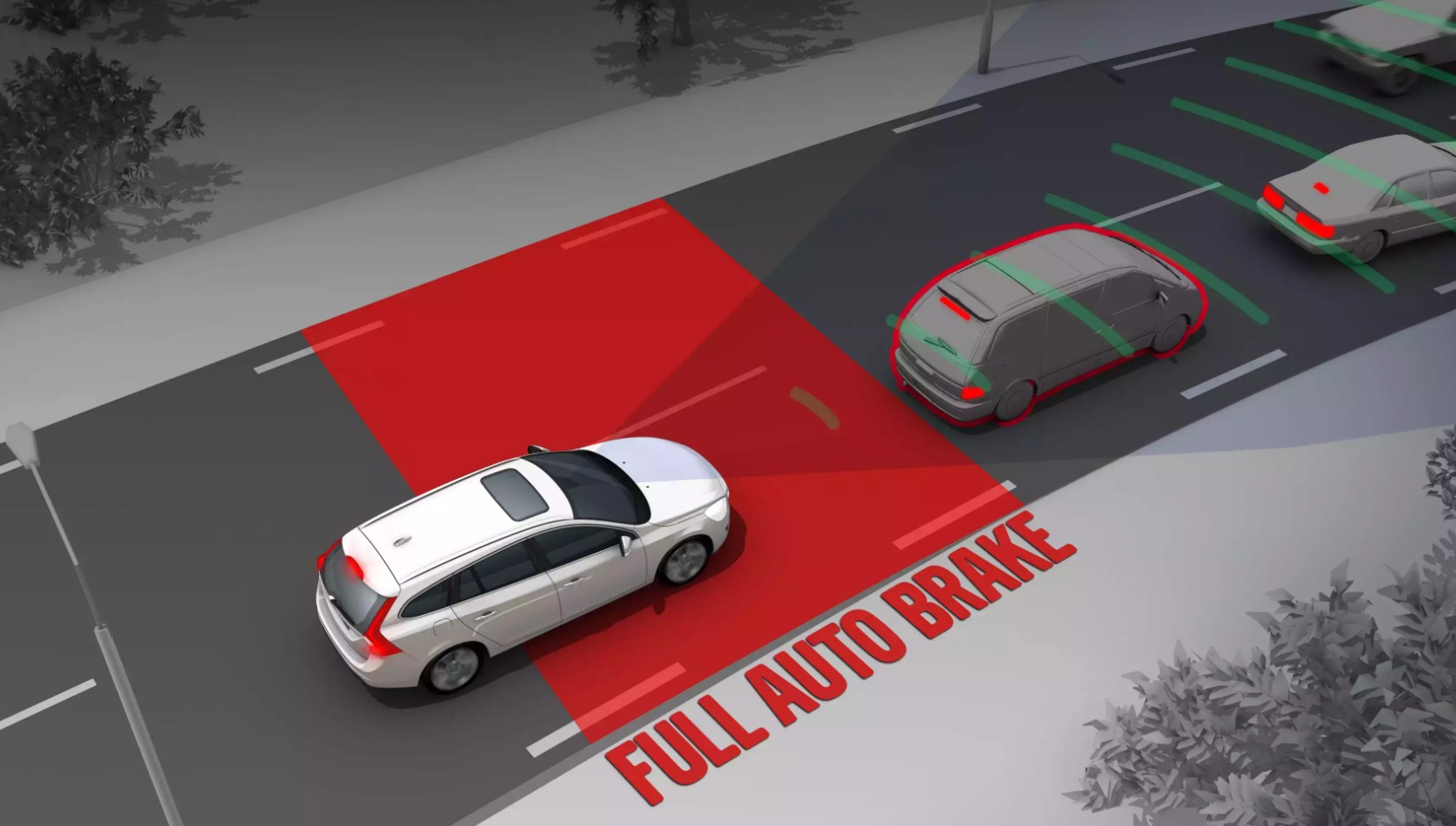
In addition to improving safety for the driver and passengers, AEB also helps protect pedestrians and cyclists. The system is designed to detect not only vehicles but also people in the vehicle’s path.
If a pedestrian steps into the road unexpectedly, the AEB system can apply the brakes to avoid hitting them, significantly reducing the risk of injury.
While AEB is a valuable safety tool, it’s not meant to replace the driver’s responsibility to pay attention to the road.
It is a support system that enhances the driver’s ability to avoid accidents, but it cannot always account for every possible situation. Therefore, drivers should remain alert and focused, even when their vehicle is equipped with AEB.
As the technology behind AEB continues to improve, it is expected to become even more advanced. Future systems may include better sensors and algorithms to detect a wider range of potential hazards, such as animals or debris on the road.
Additionally, AEB is increasingly becoming a standard feature in many new vehicles, making it more accessible to a wider range of drivers.
Autonomous emergency braking is a life-saving feature that has the potential to reduce the number of accidents on the road.
By automatically applying the brakes when a collision is imminent, it can prevent crashes or lessen their severity, ultimately making driving safer for everyone. As the technology, it will continue to play an important role in enhancing vehicle safety.
5) Electric Vehicles, A Cleaner and Cost-Effective Alternative
Electric vehicles (EVs) are cars that run on electricity rather than gasoline or diesel. They use electric motors powered by batteries, which are recharged through charging stations.
With no need for traditional fuel, EVs are becoming increasingly popular as more people look for ways to reduce their carbon footprint and save on operating costs.
Another key benefit of EVs is their lower operating costs. Charging an electric car is usually cheaper than refueling a traditional car with gasoline.
Additionally, EVs have fewer moving parts, which reduces the need for regular maintenance. This means owners can save money on repairs and maintenance in the long run, making EVs a more cost-effective option for many drivers.
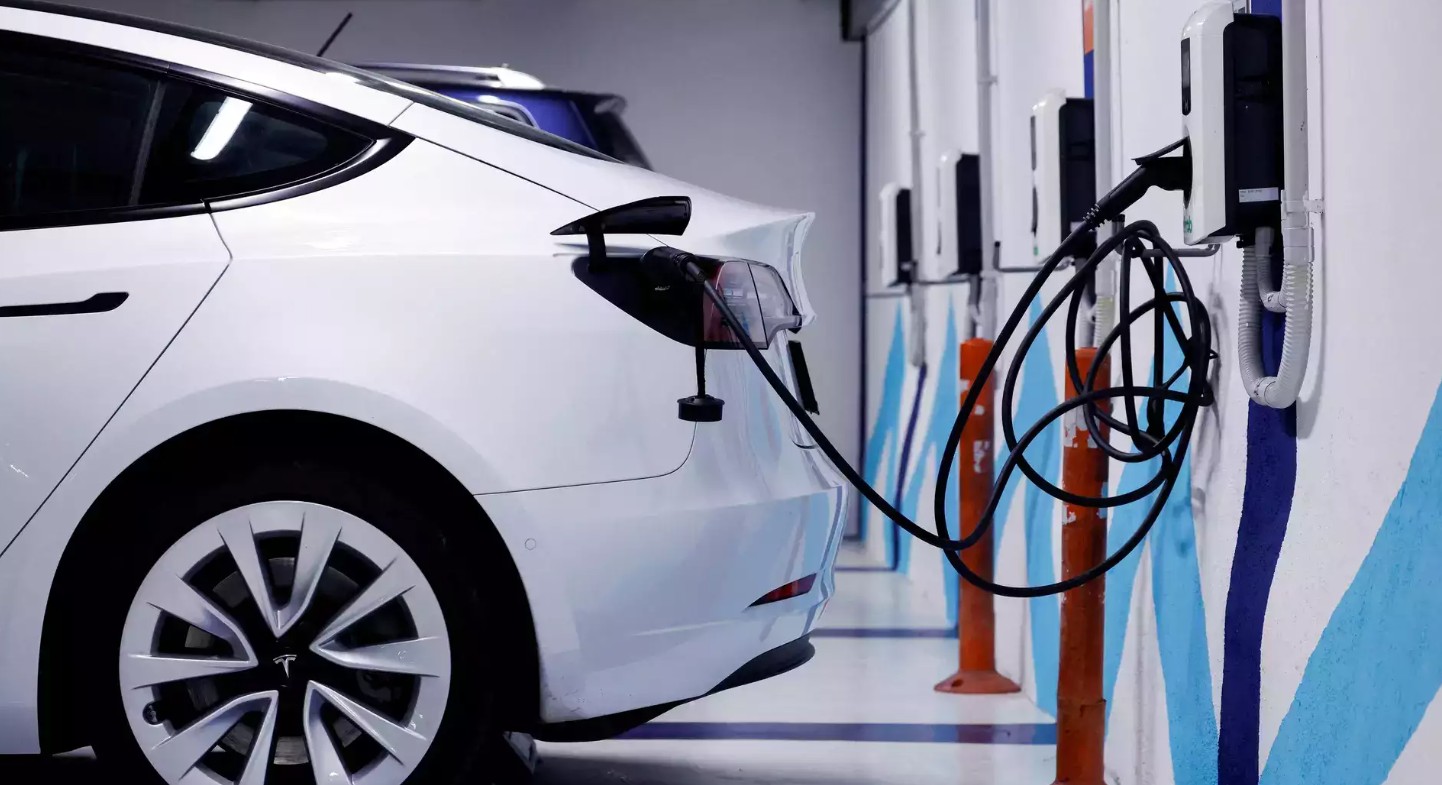
Electric vehicles are also known for being quiet and smooth to drive. The electric motors in these cars create less noise and vibration compared to traditional engines, leading to a more comfortable and peaceful driving experience.
Many EVs also offer fast acceleration and instant torque, making them fun to drive and responsive on the road.
Charging infrastructure for electric vehicles is expanding rapidly, making it easier for drivers to find charging stations.
Many public locations, such as shopping malls, parking garages, and highways, now offer charging points. Additionally, advancements in home charging technology allow drivers to charge their vehicles overnight, just like charging a smartphone.
Also read: 10 Abandoned Supercars Found in the USA That Are Selling For A Fortune
The availability of government incentives and tax credits is another factor that makes EVs more appealing. Many countries and local governments offer rebates, tax breaks, or other incentives to encourage people to buy electric cars.
This can help offset the higher initial cost of an EV and make them more affordable for a wider range of buyers.
As the technology behind electric vehicles continues to, we can expect even more advancements. For example, battery technology is improving, leading to faster charging times, longer driving ranges, and lower costs.
As the global demand for EVs grows, manufacturers are ramping up production, and more affordable models are becoming available to meet the needs of various consumers.
4) Connected Cars, The Future of Smarter Driving
Connected cars are vehicles equipped with internet connectivity, enabling them to communicate with other connected vehicles, devices, and infrastructure.
This communication allows for a range of services that enhance the driving experience. Through wireless networks, these cars can share and receive real-time data, helping drivers make informed decisions on the road.
One of the key benefits of connected cars is the ability to receive up-to-date traffic information. By connecting to a network of vehicles and road sensors, connected cars can inform drivers of accidents, road closures, or congestion ahead.
This helps drivers avoid delays and find alternative routes, improving travel time and reducing stress on the road.
Another advantage of connected cars is their ability to integrate with mobile devices and smart home systems. Drivers can use smartphone apps to control various aspects of their car, such as locking doors, starting the engine, or checking the car’s health.
These features add convenience, especially for people with busy lifestyles or those who want more control over their vehicle.
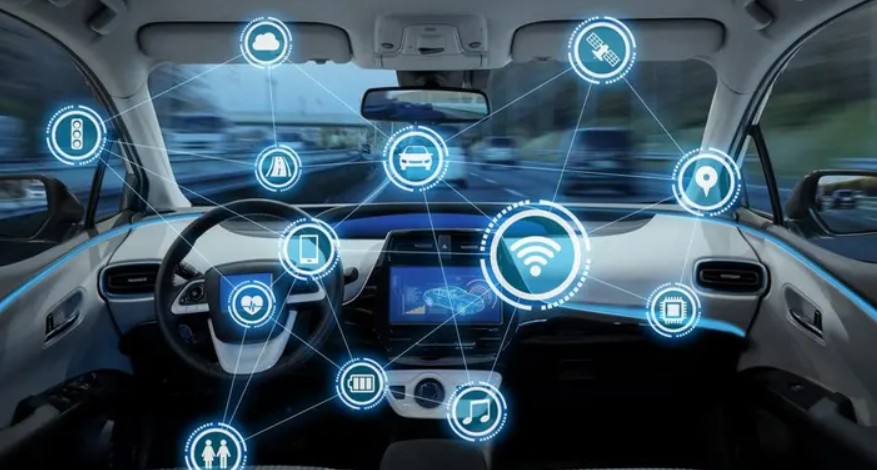
As connected cars become more common, they may also interact with smart infrastructure. This could include traffic lights, parking meters, or road signs, creating a smarter transportation ecosystem.
For example, a connected car could communicate with traffic lights to adjust the timing of green lights for smoother traffic flow, reducing congestion.
The development of connected cars is part of a broader trend toward autonomous and smarter vehicles. With more advanced communication technologies, these cars can eventually become self-driving, relying on the shared data from connected vehicles to make safe, real-time decisions.
While we are still a few years away from fully autonomous cars, connected car technology is a crucial step in that direction.
3) In-Car Entertainment, Making Road Trips More Enjoyable
One of the most popular features of in-car entertainment systems is music streaming. With apps like Spotify, Apple Music, and Pandora, passengers can listen to their favorite songs, playlists, or podcasts directly from the car’s sound system. This eliminates the need for CDs or MP3 players, offering a wide range of music at their fingertips.
Social media integration is another feature that has become common in modern in-car entertainment systems.
Passengers can access their social media accounts, such as Facebook, Instagram, and Twitter, directly through the car’s interface. This makes it easier to stay connected with friends and family without needing to use a smartphone, reducing distractions for the driver.
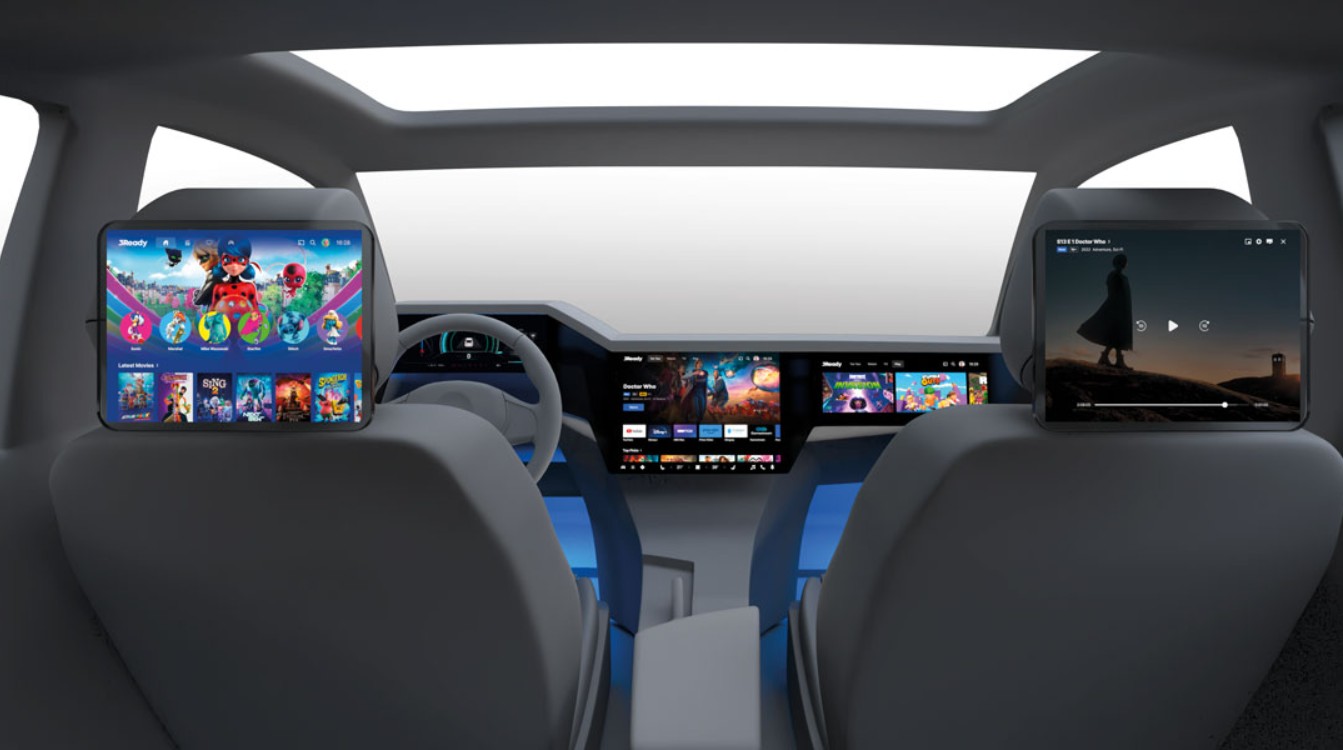
Some in-car systems even allow for customization, so passengers can choose their own entertainment options.
With touchscreens, voice recognition, and smartphone integration, passengers can control the system to play music, select videos, or access apps based on their preferences. This level of customization ensures that everyone in the car can enjoy the journey in their own way.
The convenience of in-car entertainment extends beyond just long trips. Even short drives can become more enjoyable with access to favorite media. Whether it’s listening to a podcast, watching a video, or staying updated on social media, passengers can stay entertained and relaxed, making every trip more enjoyable.
Also read:12 Most Advanced Safety Features in Modern Cars
2) Fuel Cells
Fuel cells are an alternative technology for powering electric vehicles. Unlike traditional battery-powered electric vehicles, which store electrical energy in a battery, fuel cells generate electricity through a chemical process. This process involves combining hydrogen with oxygen to produce electrical energy, which then powers an electric motor to drive the vehicle.
One of the main advantages of fuel cells is their efficiency. When a fuel cell combines hydrogen and oxygen, it produces electricity without burning fuel.
This results in fewer emissions compared to traditional vehicles that rely on internal combustion engines. The only by-product of this chemical process is water vapor, making fuel cell vehicles an environmentally friendly option.
Another benefit of fuel cell technology is the range of the vehicles. Fuel cell vehicles typically have a longer driving range than many battery-powered electric vehicles.
This is because hydrogen has a higher energy density than current battery technology, allowing fuel cell vehicles to travel further on a single refueling. This is especially useful for drivers who frequently take longer trips or need a vehicle with more range.
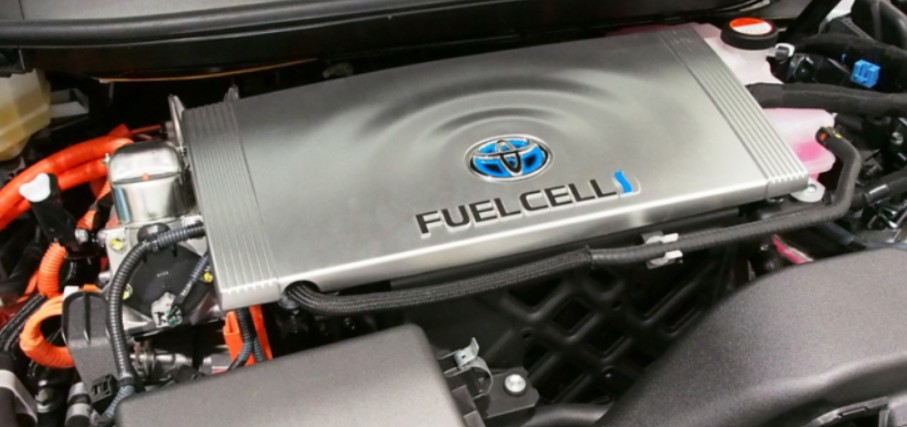
Fuel cell vehicles also have the potential to be used in various types of transportation, including trucks, buses, and trains.
This flexibility makes fuel cell technology a promising solution not only for personal cars but also for public transportation and commercial vehicles. The widespread adoption of fuel cells in different sectors could help reduce carbon emissions across many industries.
The production of hydrogen itself also presents challenges. Most hydrogen is currently produced using fossil fuels, which can still create carbon emissions.
However, researchers are working on more sustainable ways to produce hydrogen, such as using renewable energy sources like wind or solar power to generate hydrogen through electrolysis.
1) Self-Driving Cars
Self-driving cars represent the future of transportation. These vehicles are designed to operate without the need for human drivers.
They use advanced sensors and software to navigate the roads, making decisions based on their surroundings. This technology has the potential to revolutionize how we travel, offering greater convenience and safety.
The sensors used in self-driving cars include cameras, radar, and lidar, which help the car understand its environment.
These sensors detect other vehicles, pedestrians, traffic signals, and obstacles, allowing the car to make informed decisions. The software processes this information in real-time, enabling the car to steer, accelerate, and brake as needed without human input.
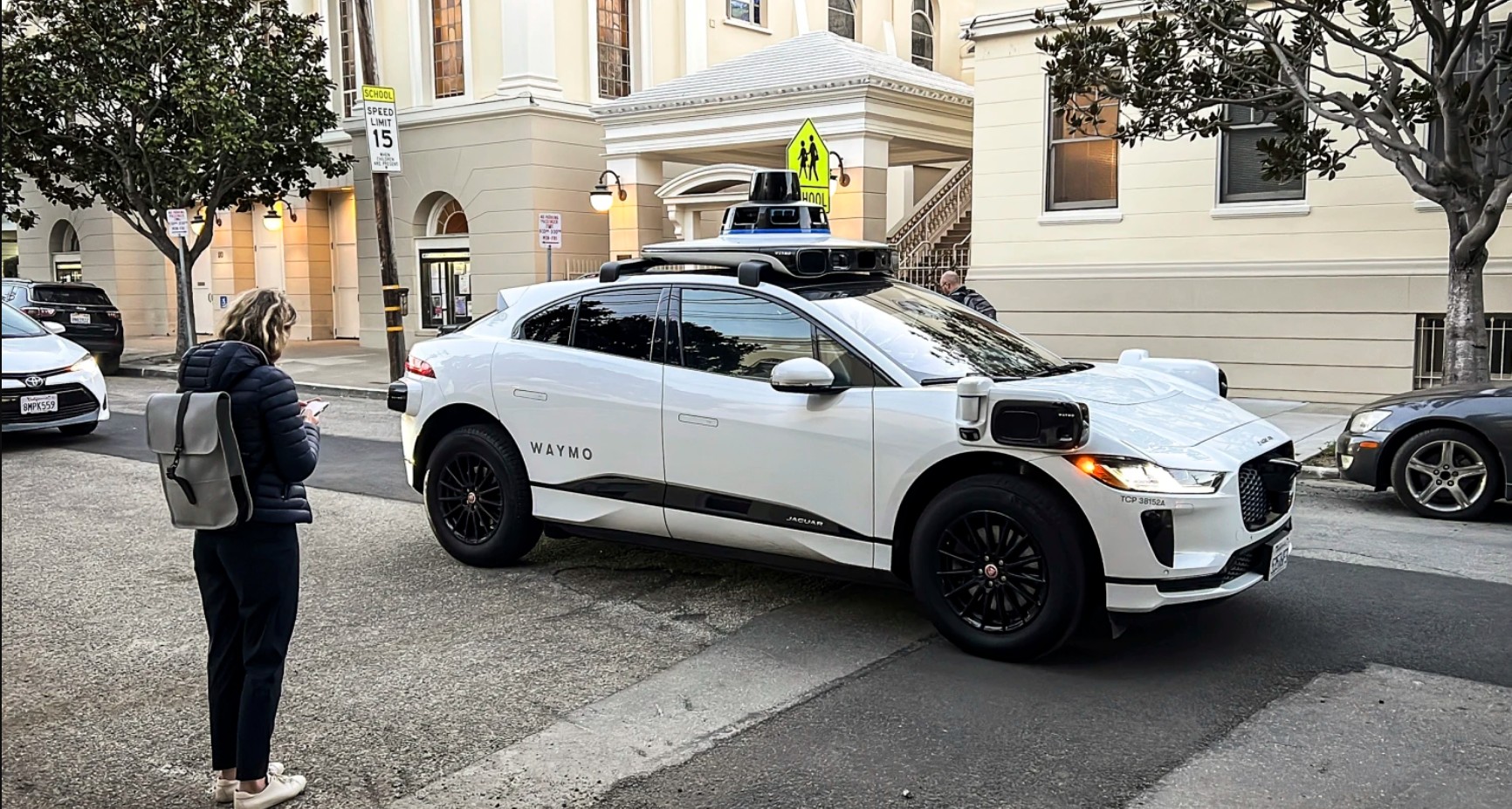
Despite their potential, self-driving cars are still in development. The technology has made significant progress, but there are still challenges to overcome.
One of the main hurdles is refining the machine learning algorithms that enable the car to recognize and differentiate between objects. It is essential for the car to accurately identify moving and stationary objects, such as other vehicles, pedestrians, and traffic signals, to avoid accidents.
Once these issues are resolved, self-driving cars have the potential to become a common sight on our roads.
Many believe that autonomous vehicles will reduce the need for human drivers in most cases, leading to safer roads and more efficient transportation. These cars could also be a solution to the shortage of drivers in certain industries, such as trucking and delivery services.
As self-driving cars become more widespread, they could also change the way we think about car ownership. People may no longer need to own a car if they can easily summon a self-driving vehicle whenever they need one.
This shift could reduce traffic congestion, lower emissions, and decrease the need for parking spaces in crowded urban areas.
